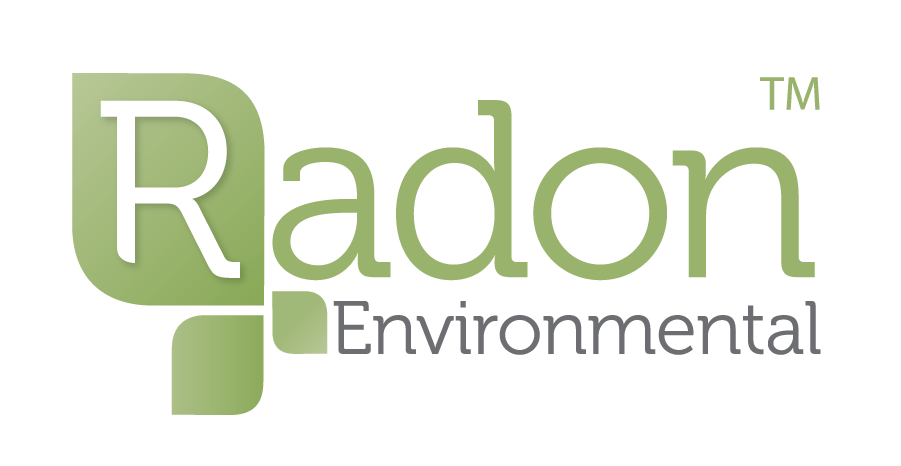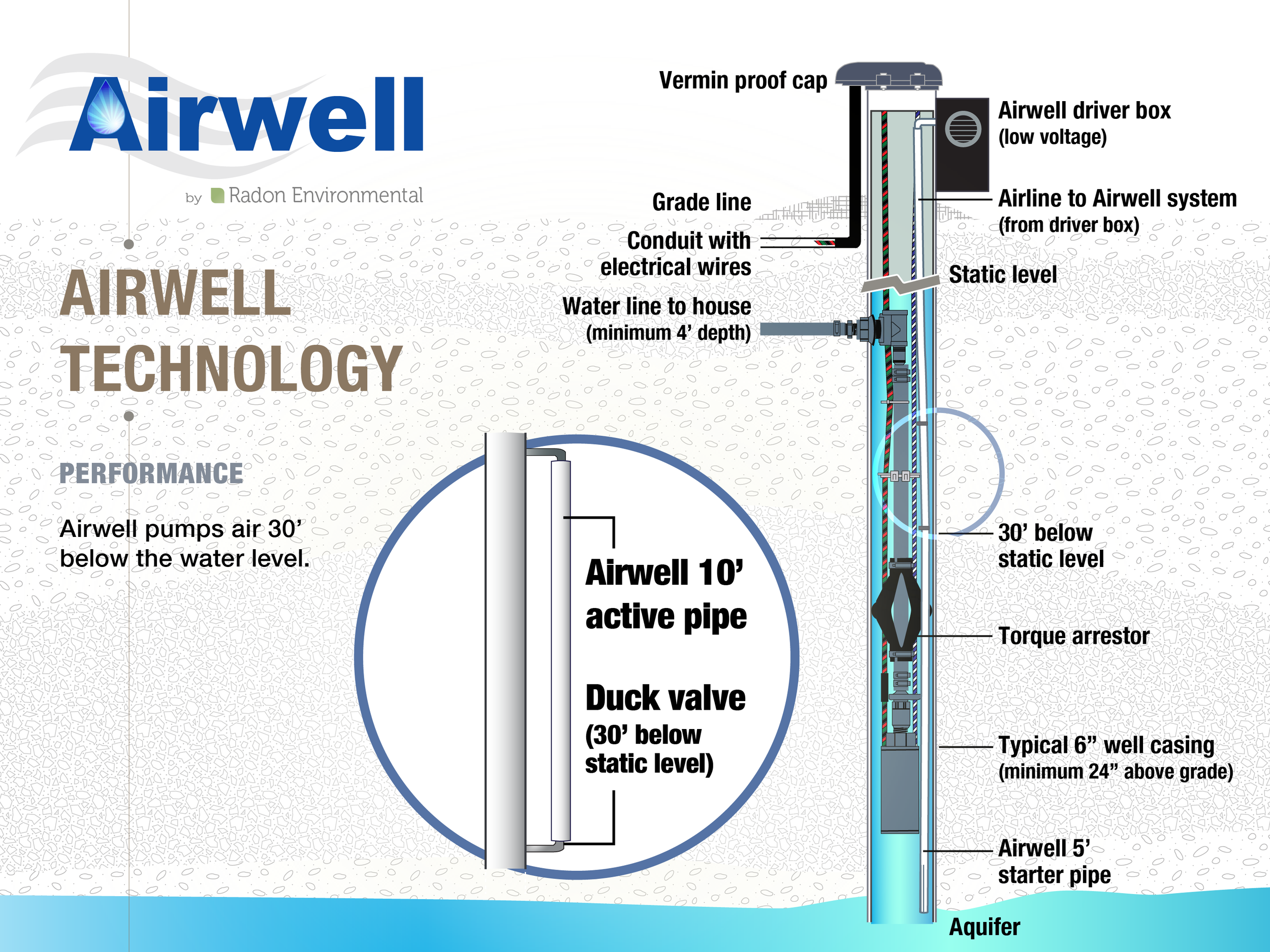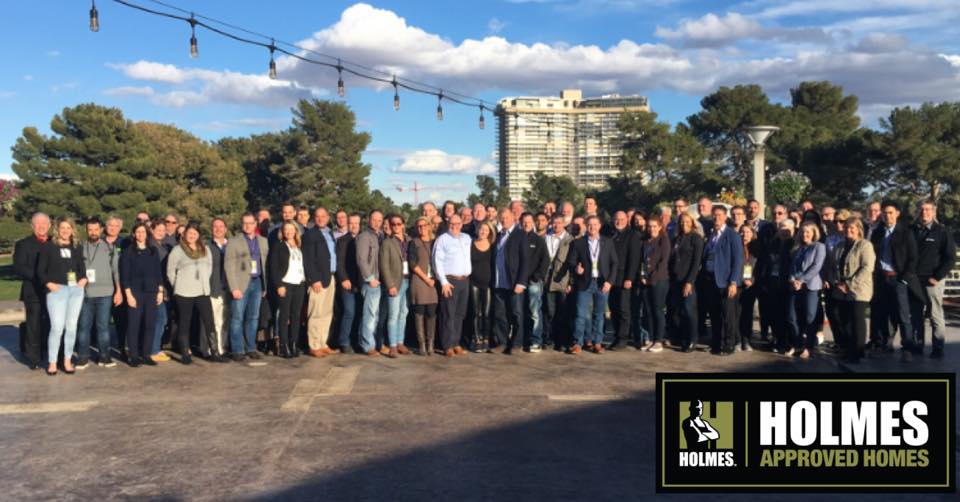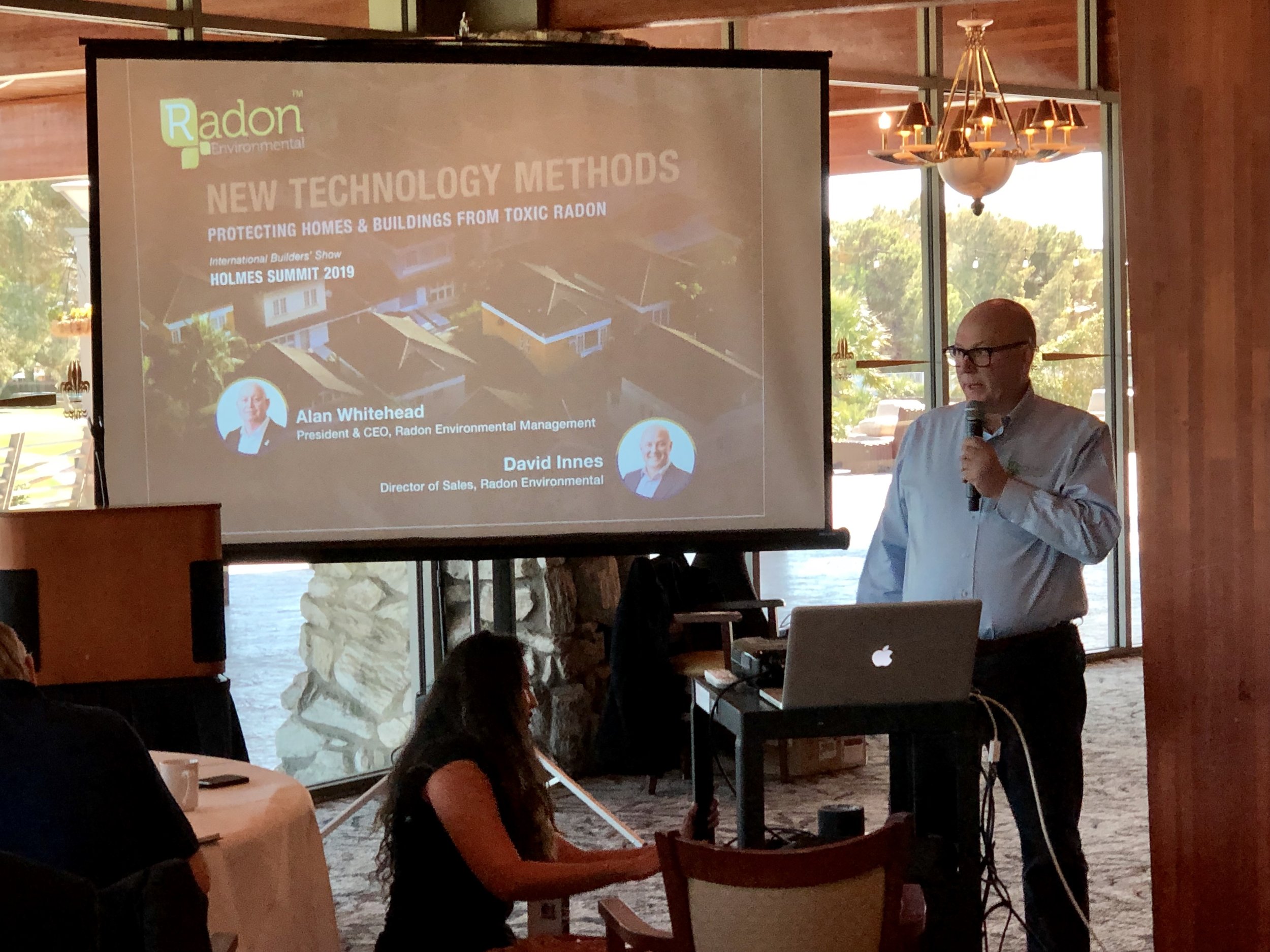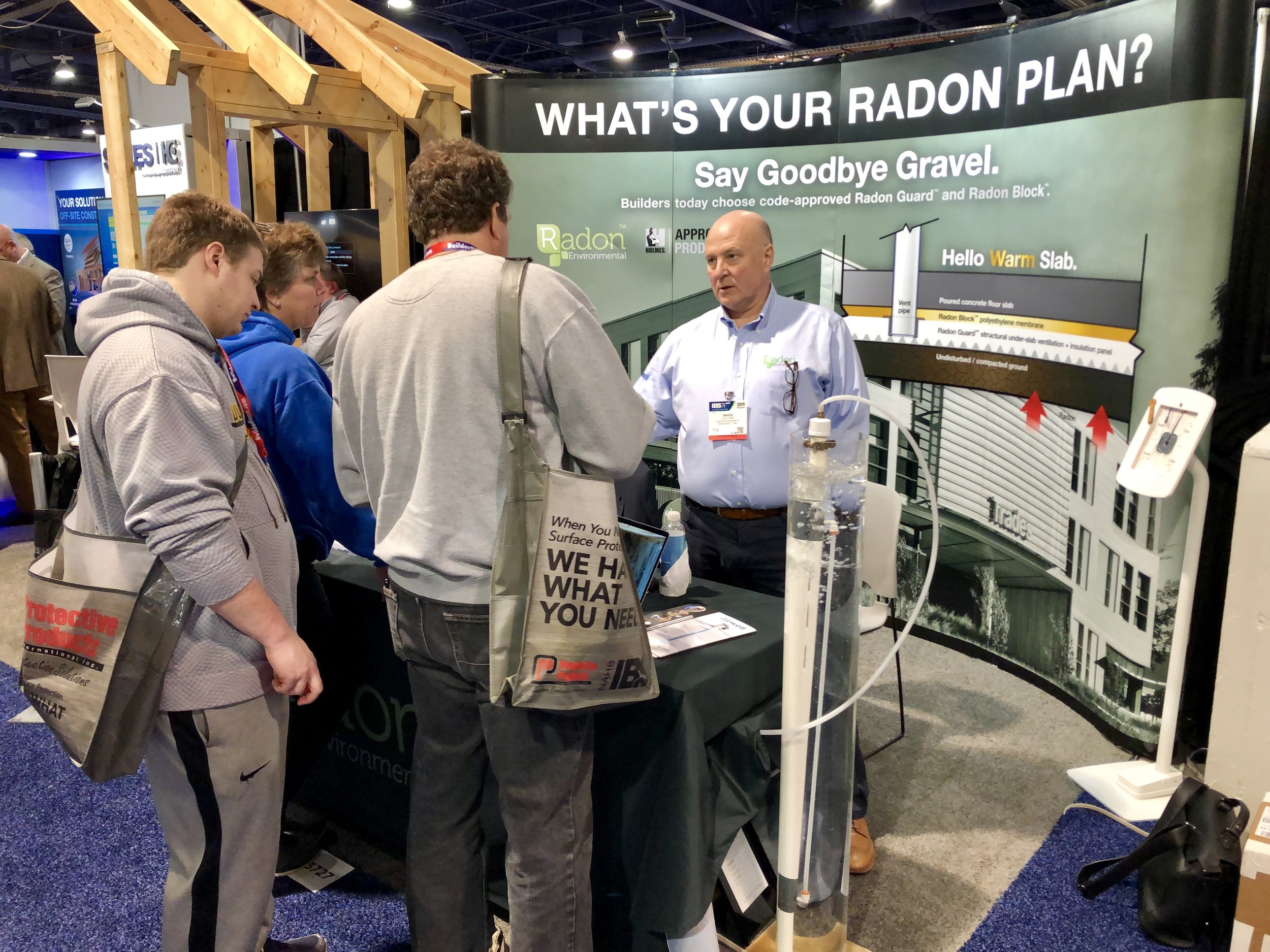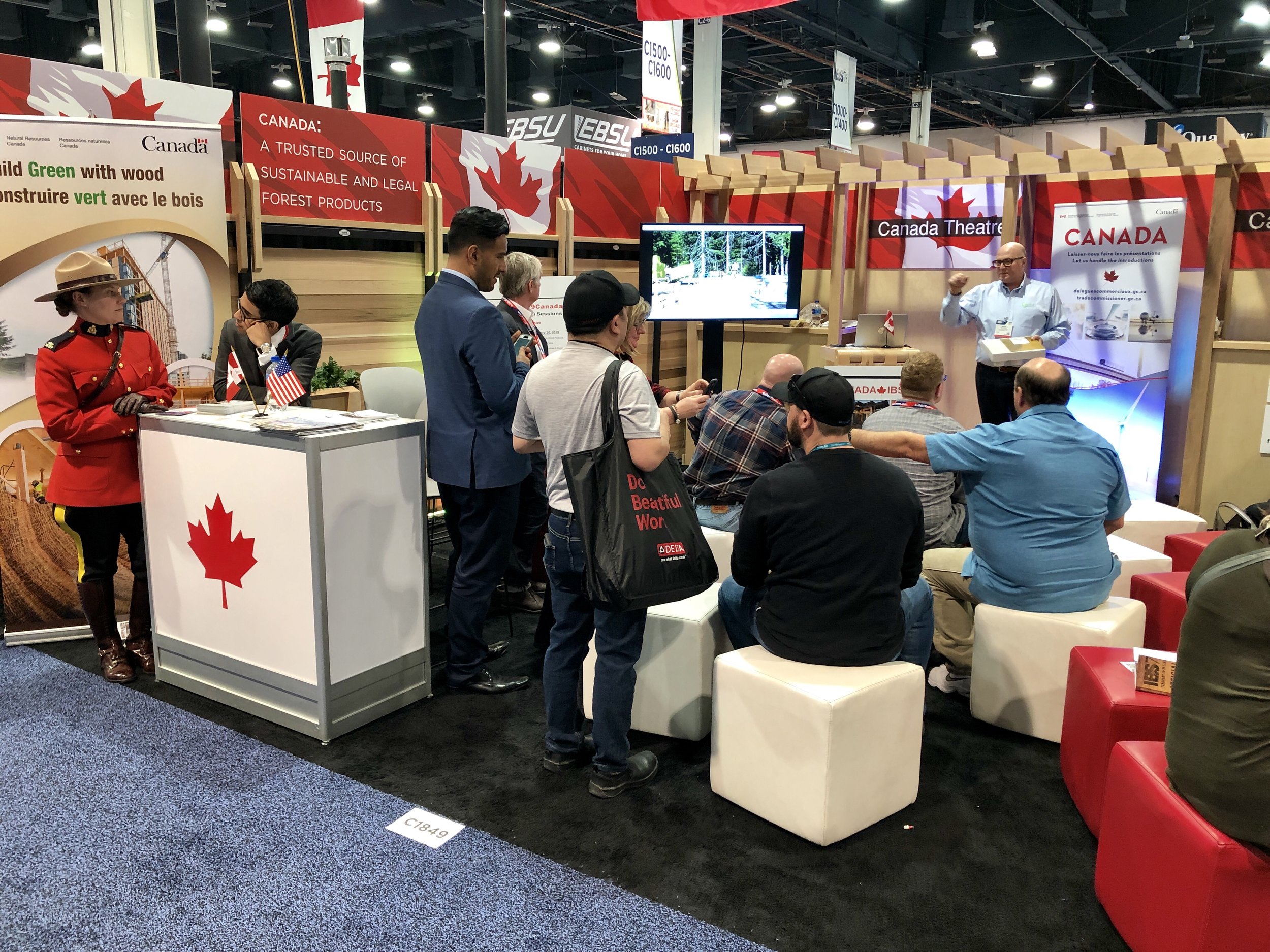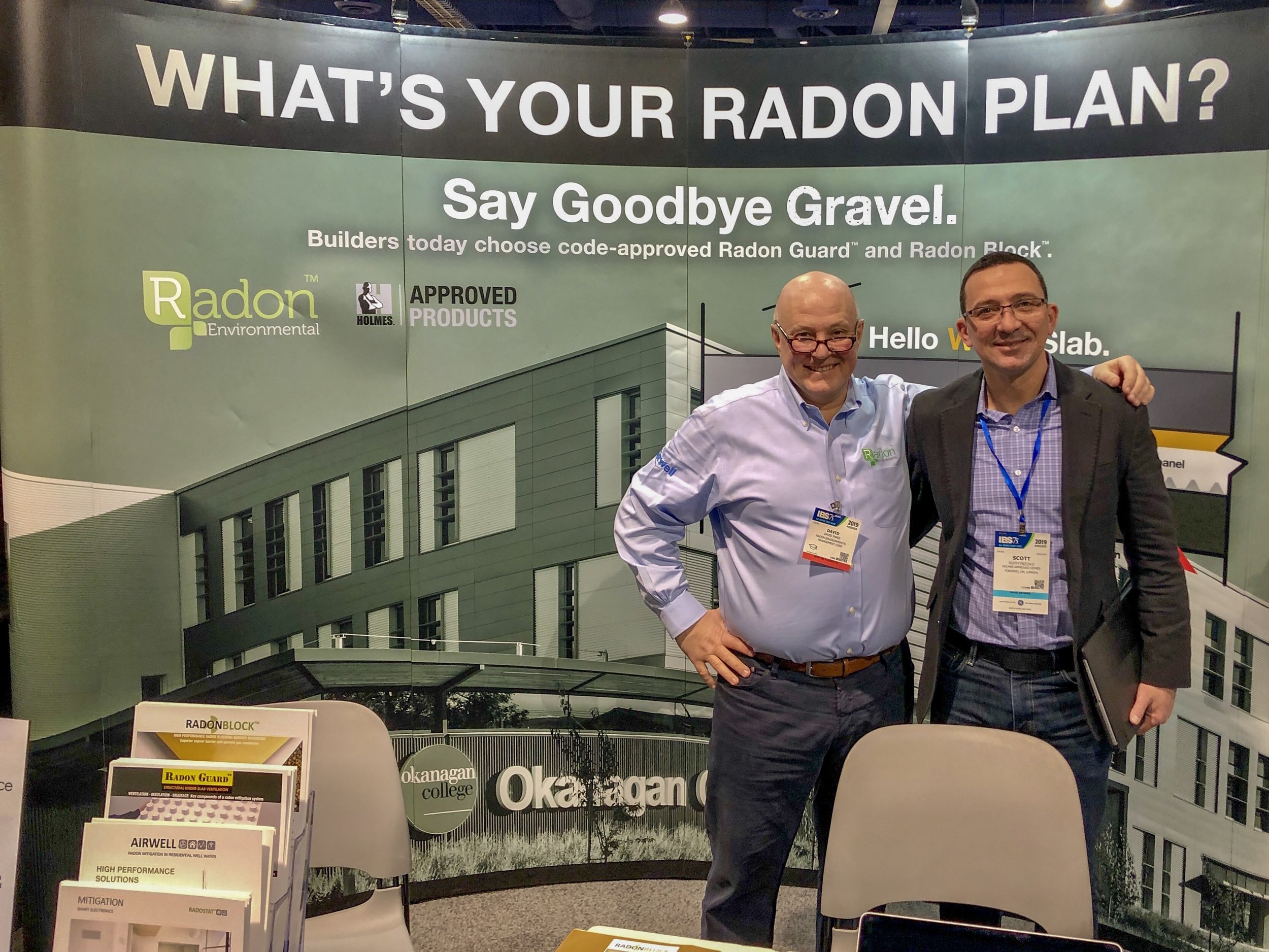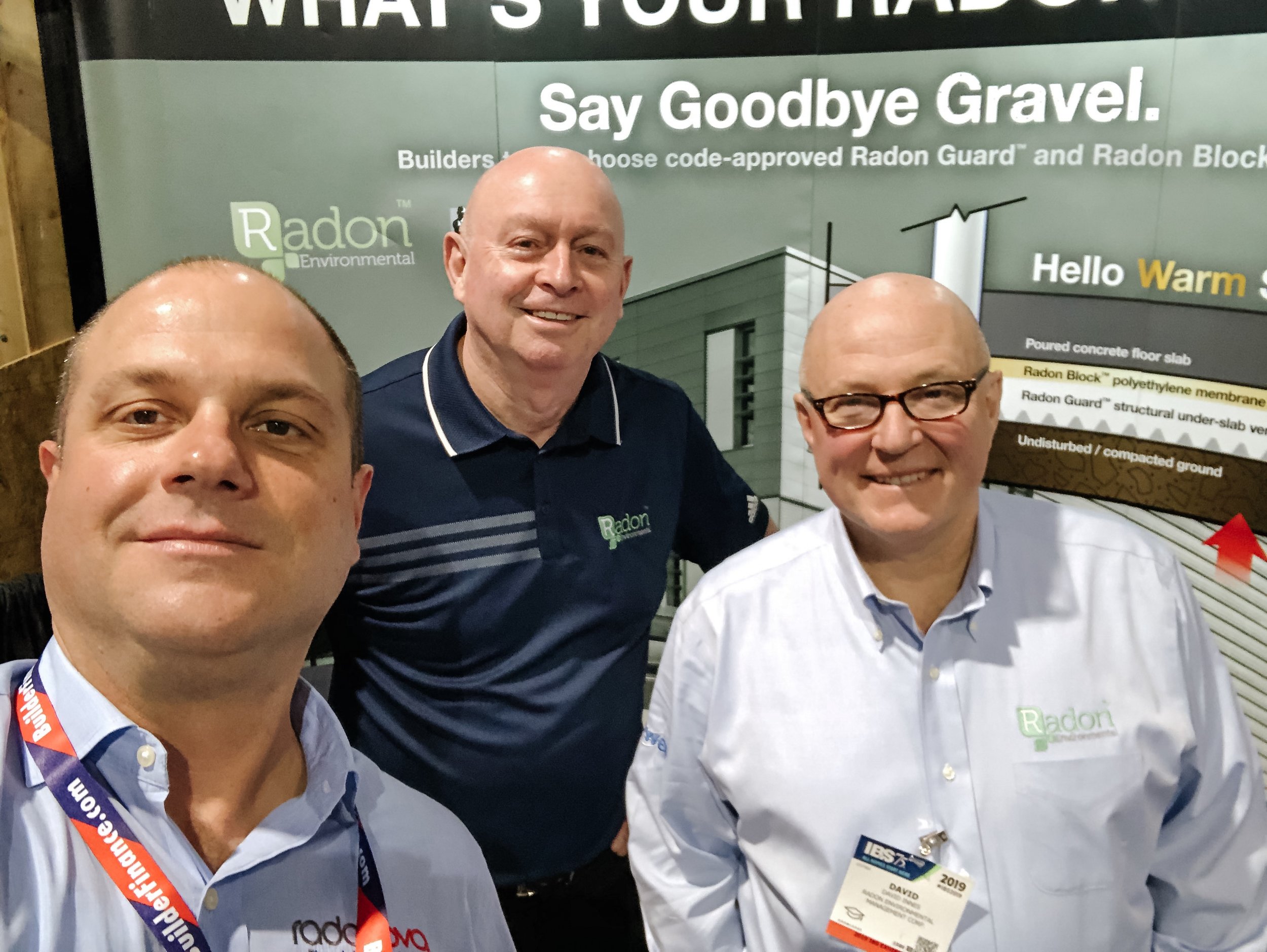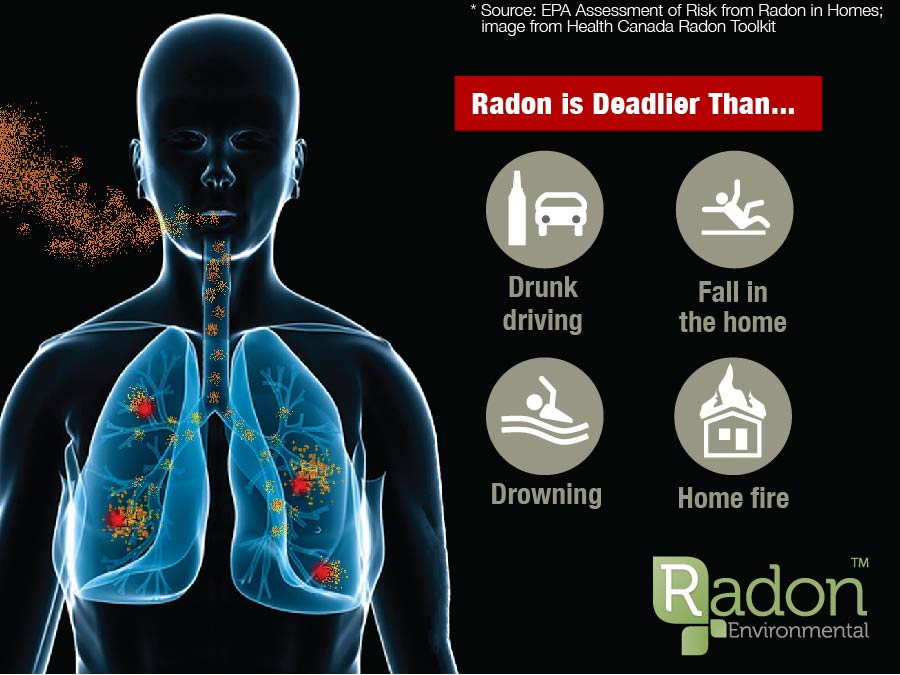1. What are the symptoms of radon poisoning?
There are no immediate symptoms to exposure to radon at low, moderate or high levels. Symptoms of illness as a result of radon poisoning include those of lung cancer or stomach cancers. If you are concerned about your health, contact your doctor or health official who is knowledgeable about the effects of radon.
2. When is the best time to test for radon?
Anytime is a good time to test. The best time is during the winter or heating season when doors and windows are closed. If you live in a home with a well, don’t forget to test your water also!
3. Where should I place the radon detector in my home?
To provide a realistic estimate of the radon exposure of your family, all measurements should be made in the lowest lived-in level of the home. That means the lowest level that is used or occupied for more than four hours per day. For some, this may be a basement with a rec room, for others it will be the ground floor.
4. What is the differences between a short-term and long-term radon test?
A short-term radon test is a screening test to get fast results. An example of this is to get an idea how much might be held in escrow for a real estate transaction. A long-term radon test is recommended in order to make a mitigation decision. Health Canada recommends conducting a long term test for a minimum of 3 months - this will provide an average radon concentration which can be compared to the threshold defined in the national guideline.
5. I have tested and my radon levels are high, what do I do now?
If your radon test result is above Health Canada’s guideline of 200 Bq/m3, a C-NRPP certified Mitigation Professional can help you identify the best radon mitigation system for your space. They will design an effective system, install it according to proper protocols and follow up with a test to ensure the system’s effectiveness in reducing radon levels immediately after installation. The good news is it’s fixable!



